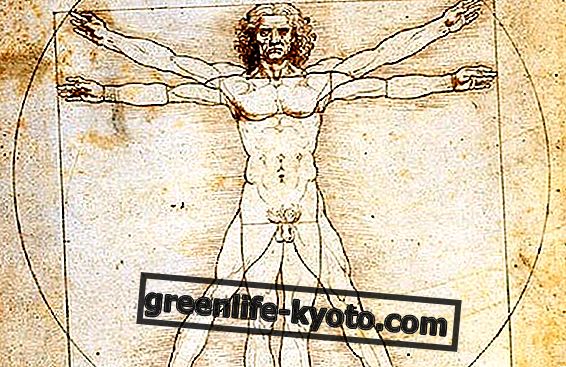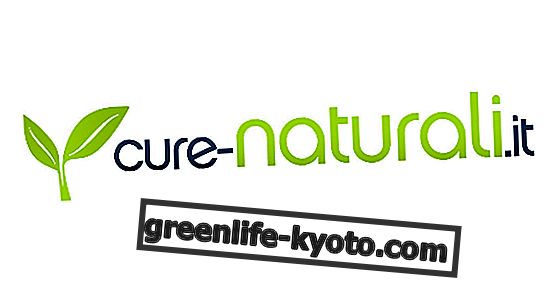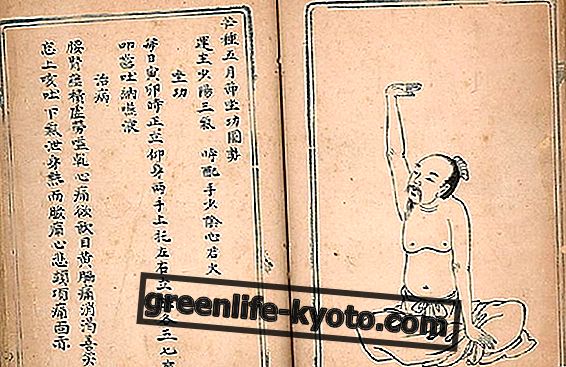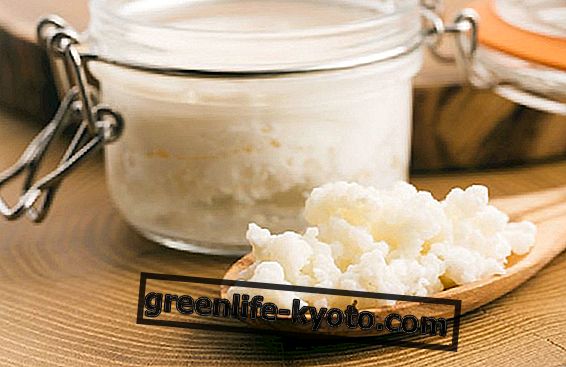Chestnuts ( Castanea sativa ) are fruits rich in fiber, minerals and folic acid, useful during pregnancy and in cases of anemia and fatigue. Let's find out better.

Description of chestnuts
Chestnuts are the fruit of the wild Castanea sativa tree. They have a very variable shape, size and taste, even if they are produced by the same tree and therefore all product management is more complex.
For chestnuts, on the other hand, we mean the products from the cultivated tree, which have more standardized characteristics, are more valuable, good, expensive.
Pol Henry introduced the systematic study of the derived buds into the scientific environment in the 1960s. The object of his research was also the gemmoterapico Castanea vesca (the gem of the chestnut).
The scholar repeatedly emphasized the benefits of chestnuts for the treatment of venous insufficiency and cellulite and as a general draining at the venous-lymphatic level.
Properties and benefits of chestnuts
Satients, rich in fiber and minerals, useful in the event of anemia, mental and physical fatigue, thanks to their high caloric intake (about 287 calories in 100 grams), and still in pregnancy, by virtue of their folic acid intake which prevents fetal malformations.
The richness in complex carbohydrates makes them similar in nutritional value to cereals: they are a valid alternative in case of intolerance and completely cover the carbohydrate part of the meal.
Chestnuts reduce cholesterol, rebalance the bacterial flora. Among the vitamins contained in chestnuts we find: vitamin A, B1 (thiamine), B2 (riboflavin), B3 (niacin), B5, B6, B9 (folic acid) , B12, C and D. Among the amino acids present in chestnuts we mention l aspartic acid, glutamic acid, arginine, serine and threonine.
Chestnuts also contain potassium (antiseptic, strengthens muscles and glands), phosphorus (calcifying, contributes to the formation of the nerve cell), sulfur (antiseptic, disinfectant, contributes to ossification), sodium (useful for digestion and assimilation), magnesium (supports the formation of the skeleton and acts as a regenerator of the nerves), calcium (bones, blood, nerves), chlorine (bones, teeth and tendons).
Calories and nutritional values of chestnuts
100 g of roasted chestnuts contain 193 kcal / 808 kj.
Furthermore, for every 100 g of this product, we have:
- Water 42.4 g
- Carbohydrates 41.8 g
- Sugars 10.7 g
- Proteins 3.7 g
- Fats 2.4 g
- Cholesterol 0 g
- Total fiber 8.3 g
Chestnuts, allies of
Intestine, nervous system, muscles, bones, blood circulation.
The properties, benefits and use of chestnut flour

Curiosities about chestnuts
- The chestnut is called "the bread tree" because it has represented an important source of food supply for entire generations, particularly in times of difficulty.
- In Umbria, in the city of Spoleto, the Mountain Community of the Martani Mountains and of the Serano in collaboration with the Faculty of Agriculture of the University of Perugia, organized the 1st International Chestnut Congress and established the Consortium of Producers of Castagna Umbra (Co. P.Ca.U.).
A recipe up your sleeve
A typical Tuscan recipe based on the typical autumn "jewels": the castagnaccio .
Ingredients:
- 300 g of chestnut flour,
- 30 g of sugar,
- 2 tablespoons of pine nuts,
- 2 tablespoons of raisins,
- 5 walnuts,
- 3 tablespoons of olive oil,
- a pinch of salt,
- 1 sprig of rosemary.
Procedure: dip the raisins in warm water to soften it. In the meantime, sift the flour and knead it with 1 liter of water, sugar and a pinch of salt, so as to obtain a thick and homogeneous mixture. Grease a mold and pour the mixture evenly distributing it. Sprinkle the surface with pine nuts, rosemary needles, chopped walnut kernels and squeezed raisins. Cook in a very hot hole at 200 degrees for about 1 hour. Serve with ricotta if you like.
Other articles on chestnuts:
> Chestnuts: generous fruits













